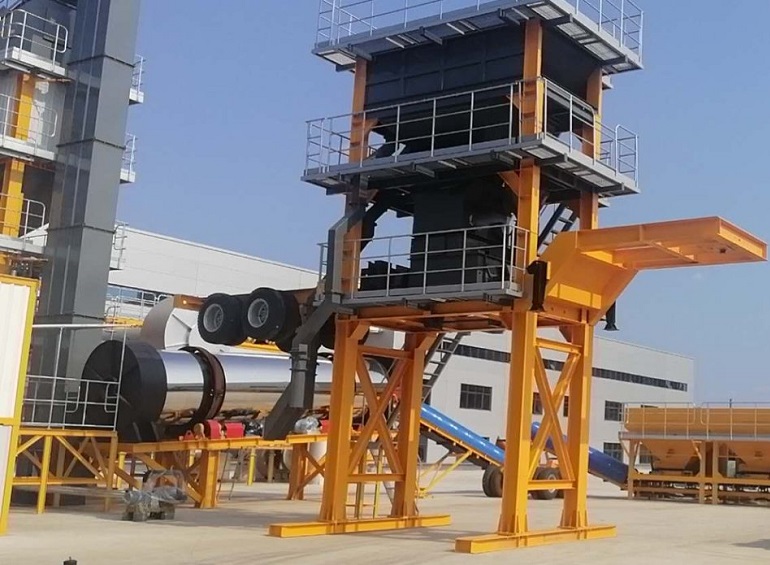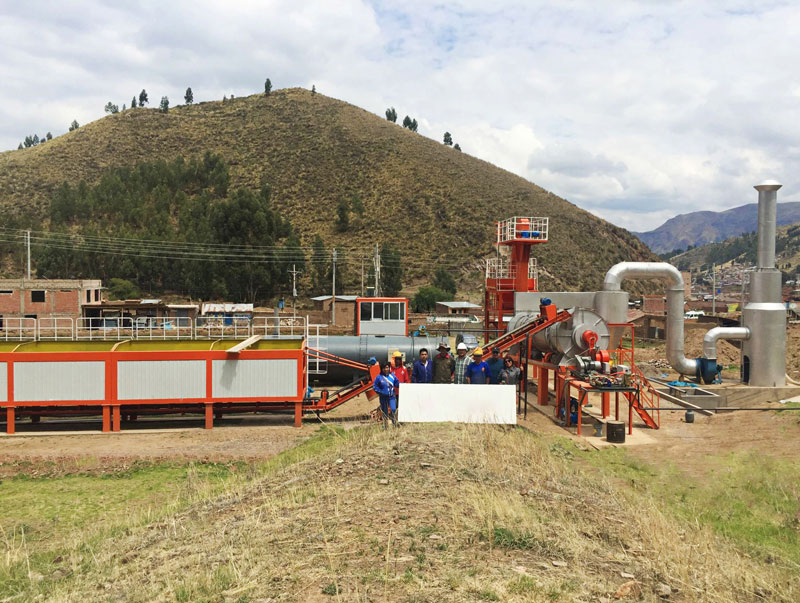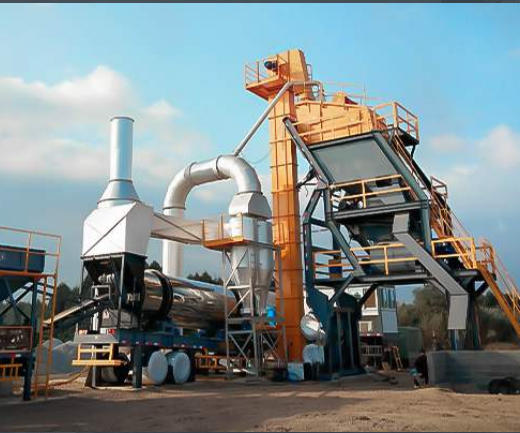Brief Introduction of Asphalt Pavement Construction
Making asphalt pavement is like baking a cake. You measure all the right ingredients, mix them up and heat them for the final product. Asphalt starts with a mixture of sand and small and large rocks (called aggregate). Next, asphalt cement is heated and combined with the rocks. The pavement material must be kept pliable for proper installation, so asphalt facilities must be located near paving sites.
There are two basic types of plants used to manufacture asphalt:
Batch plants, which make asphalt in batches as needed to go straight to work sites
Drum plants, which make asphalt continuously and can store the asphalt for several days in heated storage silos.
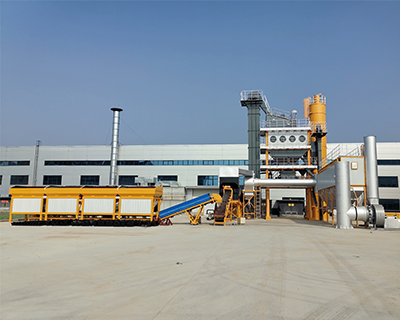
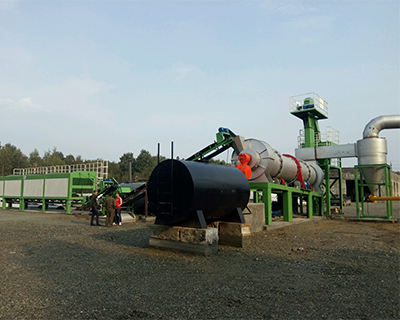
You'll find common components in both batch and drum plants including:
Cold feed bins — Accurately meter the different aggregates used in the mix to the drying drum. Aggregates are usually stored in stockpiles or they may be stored in large silos or bunkers.
Asphalt cement storage — Asphalt cement is stored in tanks that meet stringent regulatory guidelines for spill prevention.
Dryer drum — Dries and heats aggregates by tumbling them through hot air. In a parallel-flow drum, aggregates move in the same direction as the hot air. In a counter-flow drum, aggregates move in the opposite direction.
Emission control system — Sometimes called a baghouse, this system traps and removes fine sand and dust particles and returns them to the mix.
Storage silos — Drum mix plants must have silos since they produce asphalt continuously. Batch plants do not require a silo, but often have them to increase plant production. Storage silos are insulated and may be heated to prevent heat loss. A mix may be stored in a silo for days.
Paving site equipment
A milling machine is used to remove the surface material from an existing roadway. That material is loaded into a truck and taken back to the plant for recycling. A brooming machine cleans the surface, then a distributor truck puts down the tack coat to make sure the surfaces bond. A truck carrying asphalt pavement material from the plant backs up to the paver and dumps the material into the hopper or a material transfer vehicle, which agitates the asphalt mix to keep the aggregate from segregating and to help insure a uniform temperature. The paver lays a smooth mat. Then a series of rollers compacts the material.



 RU
RU MM
MM AR
AR
